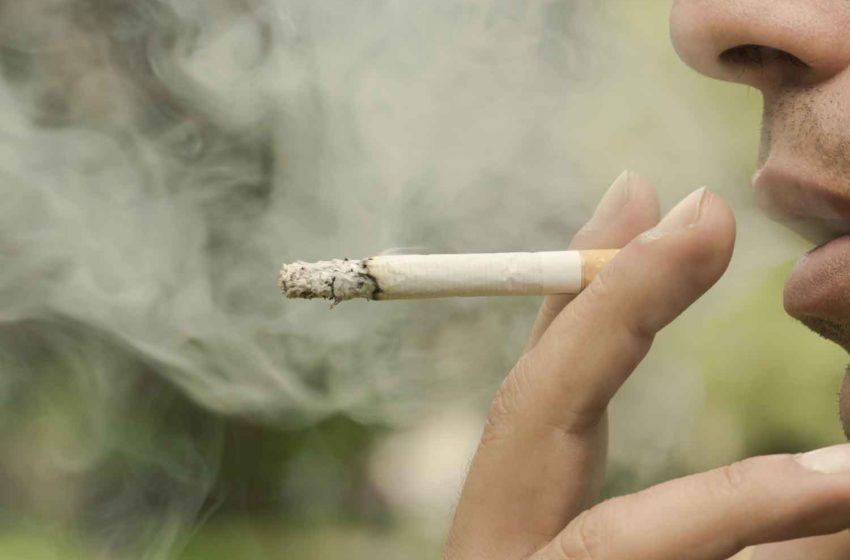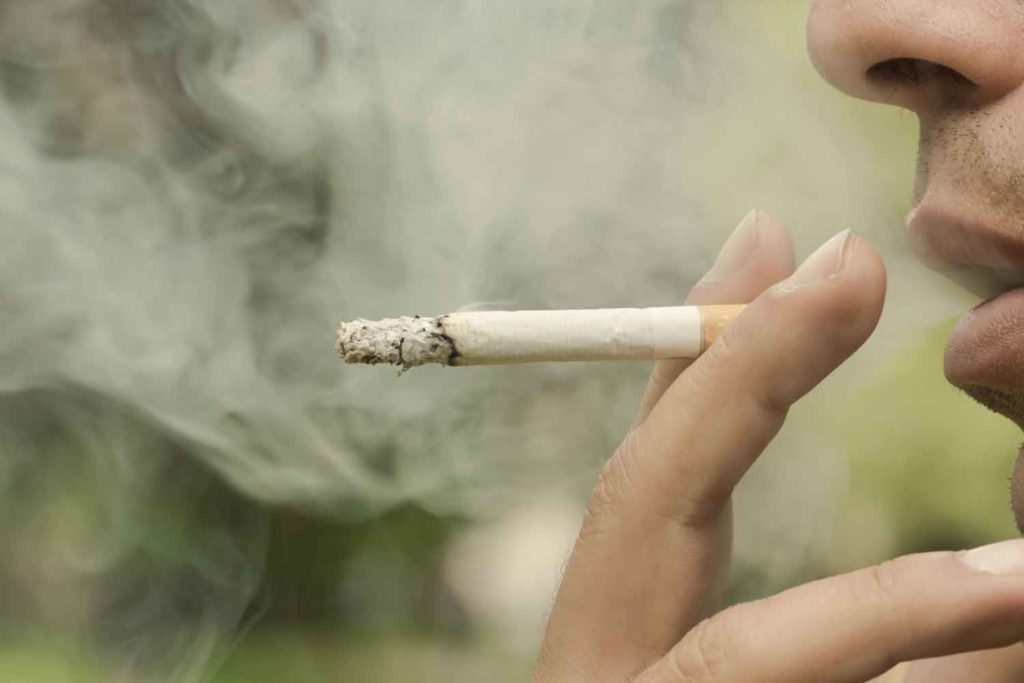Transformation Index Finds ‘Differentiated’ THR Progress
- Featured News This Week
- October 2, 2022
- 0
- 5 minutes read


The world’s 15 largest tobacco companies have made limited progress since 2020 to reduce the harm of their products, with high-risk combustible products still accounting for around 95 percent of retail sales volume, according to the second edition of the Tobacco Transformation Index, an initiative of the Foundation for a Smoke-Free World.
The Index was created to accelerate the reduction of harm caused by tobacco use by ranking the world’s 15 largest tobacco companies on their relative progress or the lack thereof. The first Index was published in 2020.
Presented during the recent GTNF 2022 conference in Washington DC, The 2022 Index evaluates tobacco companies’ behavior across six categories and 35 underlying indicators that cover measures indicative of harm reduction, from product sales to capital allocation and marketing policies.
Swedish Match ranked first in the 2022 Index, with Philip Morris International, Altria and British American Tobacco in second, third and fourth places, respectively; Djarum of Indonesia ranked last.
The key takeaways from the 2022 Index findings are as follows:
- Only Swedish Match sells a greater volume of reduced-risk products (RRPs) than substantially more harmful combustibles, due in most part to the popularity of its snus in Sweden and non-tobacco nicotine pouches in the U.S. A key feature underpinning the Index is its adoption of the Relative Risk Assessment, based on a systematic review of scientific studies of the health risks associated with 15 nicotine products.
- Four Index companies directed the majority of capital and R&D investments toward RRPs. In addition, five Index companies, including three state-owned entities, made incremental investments or early indications of movement toward future production of RRPs during the review period.
- However, tobacco companies are also failing to invest in harm reduction in low- and middle-income countries, with the vast majority of sales for their RRPs concentrated in markets with the highest disposable income. One obstacle is that several countries ban RRPs.

Transformation of the tobacco industry toward harm reduction remains inconsistent and in its early stages.
“Transformation of the tobacco industry toward harm reduction remains inconsistent and in its early stages,” said David Janazzo, Index program officer and interim co-president, executive vice president of operations and finance, and chief financial officer at the Foundation for a Smoke-Free World, in a statement.
“That said, the 2022 Index demonstrates that differentiation is forming across the largest tobacco companies, related to measures of commitment, performance and transparency. While some companies are making progress, others regressed. On the whole, they are all failing to deliver outcomes toward a world in which combustible, other forms of toxic tobacco, and smoking related death and disease are eliminated, in order to accomplish the Foundation’s mission of ending smoking in a generation.
“Based on the current trajectory of smoking rates, it is estimated that by the end of the current century up to 1 billion people will die of smoking. The majority of those will live in developing countries, which is why transformation of the tobacco industry is both essential and urgent.
“It is my hope that industry leaders will take heed of the findings in the 2022 Index to push forward and intensify efforts to strengthen harm reduction strategies and tactics.”

The 2022 Index is a reminder of how far tobacco companies have to go. The differing and at times hostile regulatory standards around the world have made implementation of harm reduction more challenging, but many opportunities are not yet fully maximized.
“Institutional investors such as banks and pension funds are increasingly looking at harm and harm reduction. The Index is an important tool for those investors to constructively engage and encourage change in the market,” said Erik Bloomquist, chair of the Index Technical Committee.
“The 2022 Index is a reminder of how far tobacco companies have to go. The differing and at times hostile regulatory standards around the world have made implementation of harm reduction more challenging, but many opportunities are not yet fully maximized.”
The 2022 Tobacco Transformation Index can be accessed at www.tobaccotransformationindex.org
